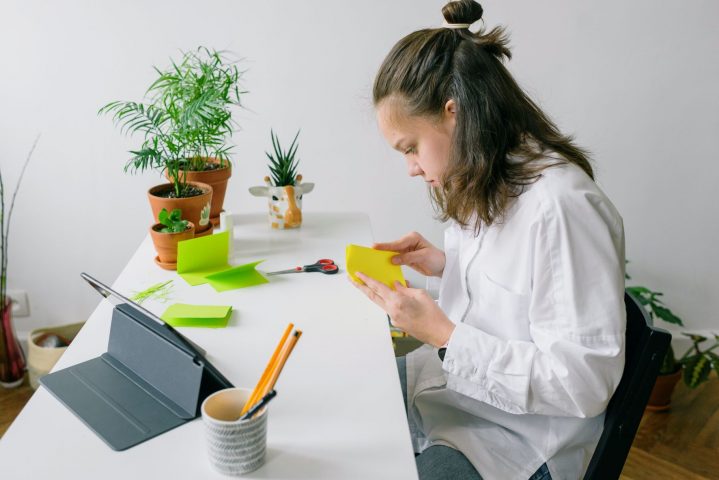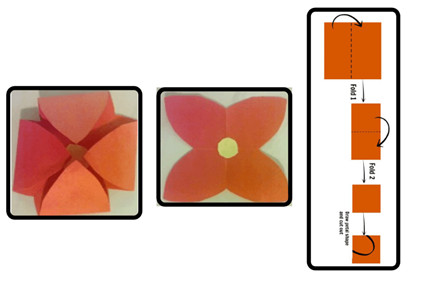3 Amazing Science Experiments that Require Only Paper!

The history of newspaper
October 3, 2022
What Kind of Journal Should You Keep?
October 17, 2022
Here’s a selection of some of the most brilliant science experiments you can run at home – for your own enjoyment or that of your kids! And, best of all, it requires little more than some sheets of paper to run these experiments.
The Business Optimizer team is a huge fan of simple activities using everyday objects, such as office paper. In this article, we suggest some amazing science experiments you can easily conduct at home or in school to explore or demonstrate some diverse scientific concepts.
#1. Magic water lilies
This is a really easy experiment from Love Science. It’s so simple it’s suitable for kids to enjoy. It demonstrates how the fibers in paper behave.

1. Fold a square piece of paper in 4 and cut a petal shape as shown.
2. Open it up and then fold all the petals into the center.
3. Carefully place the lily in water and watch the petals open up.
Now for the science bit: The woven strands from which the paper is made absorb the water and swell – causing the lily to magically open up.
#2. Which shape is the strongest?
We love this “how strong is paper” experiment from Science Sparks. It’s a brilliant experiment for anyone interested in engineering or architecture.
- Using three pieces of strong paper or card of the same weight and thickness, create three columns: one triangular, one square, and one circular.
- Take it in turns to balance books on each of the columns. Which one can support more books?
- Your circular column will be the strongest.
Now for the science bit: It turns out those ancient Greek and Roman builders knew a thing about architecture – their love of columns is borne out by this experiment! Because the circular column doesn’t have any edges, the weight of the books is shared evenly by the circle. The square and triangle support the books on their edges and corners – that’s why they collapse sooner under the weight of the books!
#3. Can a paper fish swim?
This experiment from Science Buddies explores the phenomenon of surface tension. By carefully adding soap to a shallow bath of water, you can induce your paper fish to move.
- Cut out a fish shape from your piece of paper. The fish should have a V-shaped notch in its tail.
- Fill a shallow tray partially with water. Carefully place the paper fish on the surface of the water at one end of the tray, with its tail facing outward. Don’t push the fish under the water – you need to ensure the fish floats!
- Carefully place a single drop of soap on the water in the V-shaped notch of the fish’s tail. What happens?
Now for the science bit: This is a great example of Newton’s first law of motion! The fish is initially at rest and the forces on it are balanced, so it remains at rest. When you add the soap, the surface tension on that side suddenly becomes lower. The fish is not pulled as hard in that direction and so it moves in the other direction. As the forces on it become unbalanced, so it accelerates.
What now?
Want more fun paper-based activities? Why not try:



